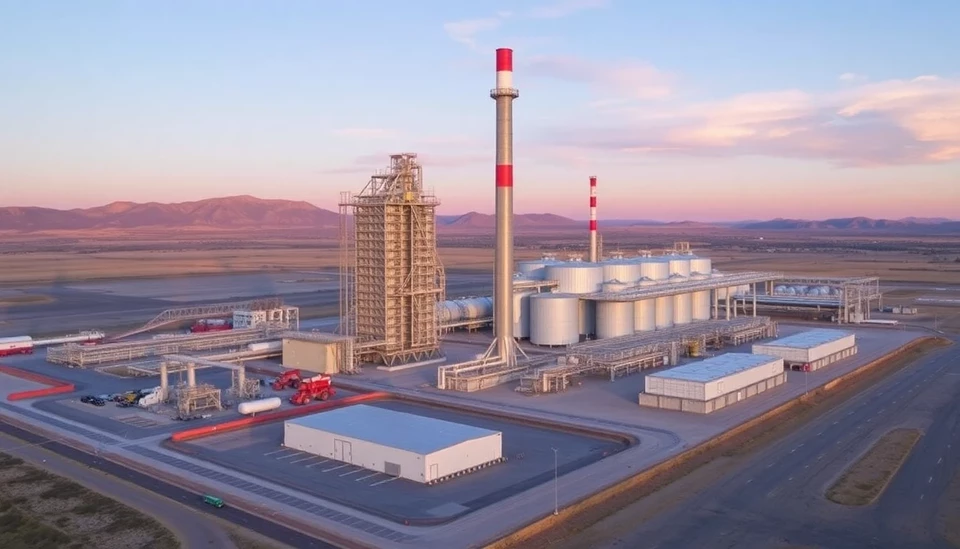
The American battery industry is experiencing a period of uncertainty and transformation as it seeks to establish its footing in an evolving political landscape dominated by the Trump administration. With an urgency to meet the demands of a rapidly growing electric vehicle market, industry leaders are grappling with challenges that impact their operations and future prospects.
As the world shifts towards greener energy sources, the U.S. battery sector finds itself at a crucial juncture. On one hand, there is heightened interest and investment in electric vehicles (EVs), spurred by both consumer demand and regulatory incentives. On the other hand, the policies implemented under President Trump, with a focus on America-first manufacturing and China trade tensions, have created complexities that the industry must navigate.
Key players within the industry are voicing concerns over tariffs, which have been applied to critical materials needed for battery production. These tariffs raise costs for manufacturers and threaten competitive pricing in the burgeoning EV market. Moreover, the uncertainty surrounding future trade relations and potential changes in governmental policy adds another layer of instability for businesses attempting to plan for long-term investments.
In light of these challenges, the U.S. battery industry is scrambling to secure supply chains and retain a competitive edge. Companies are exploring strategic partnerships and investment opportunities to mitigate risks associated with material sourcing. They are also pushing for clarity and consistency in policy to better align their business strategies with the regulatory environment.
Despite these hurdles, the drive towards innovation remains strong within the sector. Firms are increasingly investing in research and development to enhance battery technology, aiming to produce lighter, more efficient, and environmentally-friendly options. This focus on technological advancement positions the industry to potentially leapfrog foreign competitors if bolstered by supportive domestic policies.
The industry’s struggle to adapt to an America-first approach is reflective of larger economic shifts within the country. The push for local manufacturing resonates with both consumers and policymakers, as it appears to promise job growth and economic stability. However, firms are walking a tightrope, balancing the desire for domestic production with the global realities of supply and demand.
In conclusion, while the U.S. battery industry faces significant trials in the current political environment, there are pathways to resilience through innovation and strategic alignment with emerging market trends. The coming years will prove critical as stakeholders work to address the myriad challenges posed by both domestic and international factors.
As events unfold, all eyes will be on how successful the American battery industry will be in adapting and thriving amidst the complexities of current political dynamics.
#BatteryIndustry #ElectricVehicles #TrumpPolicy #SupplyChain #Innovation #Manufacturing #TradeTensions
Author: John Harris

